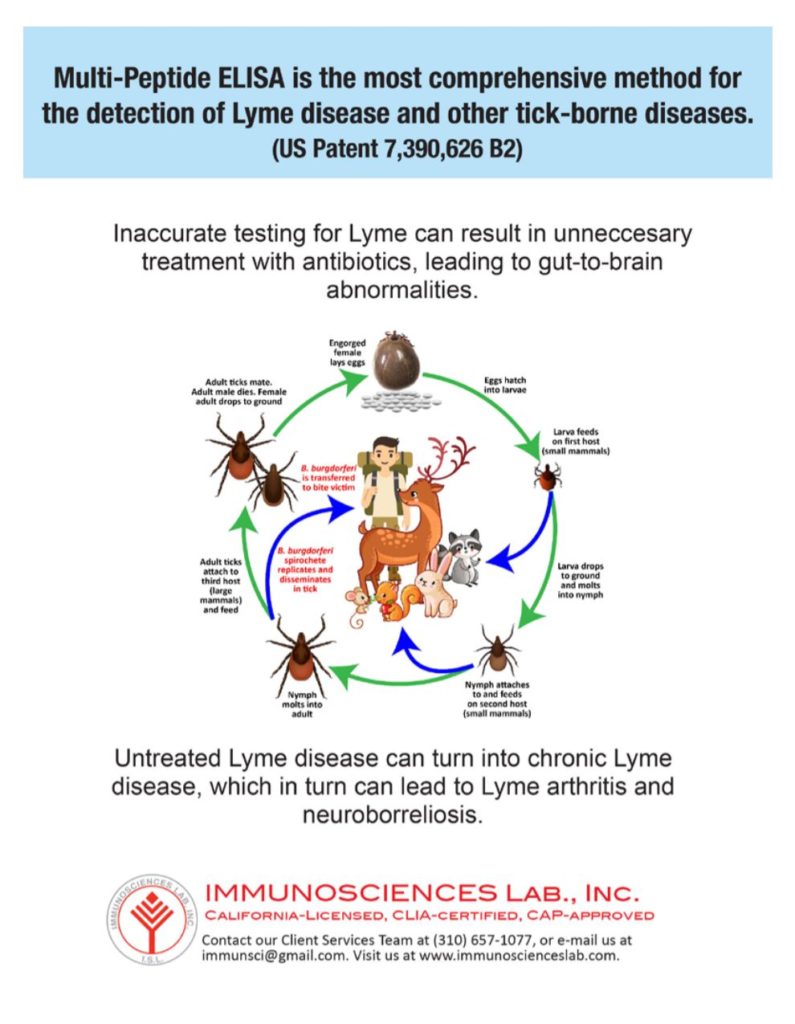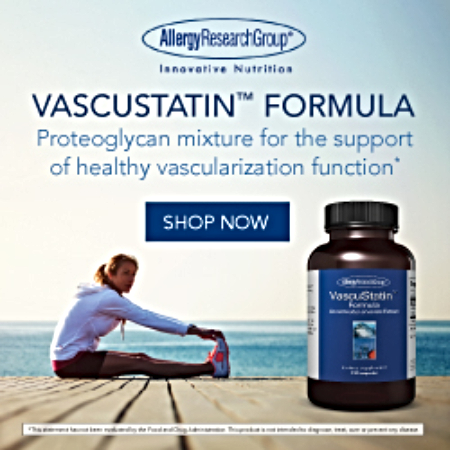…article continued…
Using vitamin C to treat viruses is also not a novel idea. In fact, a scientific paper, published in 1935, found that extremely small amounts of vitamin C had the ability to inactivate diphtheria toxins in vitro and in vivo. Because of these revolutionary findings, a study was conducted to see what the results would be on the poliomyelitis virus. The study used 30 rhesus monkeys and five controls by injecting them with the Aycock passage virus strain, 0.1cc. of the supernatant of a centrifuged 10% poliomyelitis cord suspension and vitamin C. The controls received the same amount of virus mixed with saline or distilled water. The doses of vitamin C varied from as much as 100 mg to as little as 0.05 mg. The quantities were obtained by progressive dilutions with distilled water of a freshly prepared 5% solution of vitamin C—the respective doses always contained in a volume of 1 cc. The same method was utilized in preparing the control mixtures for both the test subjects and controls. The injected monkeys were vigilantly monitored for one month, and the symptoms were noted. This experiment concluded that multiple paralytic doses of poliomyelitis virus, in combination with very small amounts of vitamin C were rendered non-infectious, as established by intracerebral injection of such mixtures into rhesus monkeys.10
Several mosquito transmitted viruses have been successfully treated using high doses of IV vitamin C. For example, Gonzalez et al presented a case report on a 54-year-old Hispanic female who had Zika-like symptoms. Some of the symptoms may include mild headaches, fever, joint pain, malaise, and conjunctivitis. These symptoms are also similar to dengue and chikungunya. While oral doses of vitamin C do not have the same ability to reach high blood levels, IV vitamin C is shown to produce clear clinical and pharmacological benefits—from 30 to 70 times higher than orally, which appears necessary in treating viruses. Due to the antiviral and antioxidant properties of vitamin C, after their patient was tested for glucose-6-phosphate dehydrogenase (G6PD), IV vitamin C was administered by increasing the doses from 25 g and upping the dose by 25 g a day for three consecutive days, reaching 75 g on the third day. Within 24 hours the symptoms had substantially improved and by the third day were gone. From this case it was established that IV vitamin C should be investigated further, as a possible treatment for acute viral infections.11 Marcial-Vega et al. used IV vitamin C from 25-50 grams with 3 cc of a 3% hydrogen peroxide solution on 56 patients with the chikungunya viral infection. Using a Verbal Numerical Rating Scale immediately before and after treatment, the mean pain score before treatment was at 8 and dropped to 2 after treatment for 60% of the patients, with five patients reporting 0 pain after the treatment, with no observed adverse reactions in any patient.12
Hemila reported on a new coronavirus, in 2003, as the causative factor of severe acute respiratory syndrome (SARS). At that time there was no known treatment for SARS. Based on the available research it was known that vitamin C was beneficial to the immune system, by reducing viral respiratory infections, and may support pneumonia patients. Under certain circumstances it may assist in reducing lower respiratory tract infections and deserved further investigation.13 According to Fowler et al (2017), their case presented the first report of virus-induced acute respiratory distress syndrome (ARDS) caused by an enterovirus/rhinovirus respiratory infection that used high dose IV vitamin C as a treatment. From their clinical experience using IV vitamin C to treat acute sepsis, they used the same intervention for a 20-year-old, previously healthy female who had gotten enterovirus/rhinovirus that quickly became ARDS. They reported in treating sepsis that high doses of IV vitamin C not only reduced multiple organ injury but also inflammatory biomarker levels. After a 12-day hospital stay and a follow-up visit one month later, the patient was completely recovered without lung damage, suggesting larger trials utilizing IV vitamin C should be conducted to treat ARDS.14






